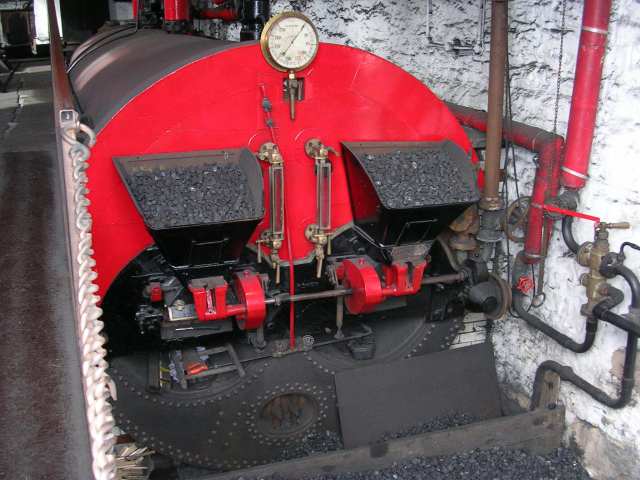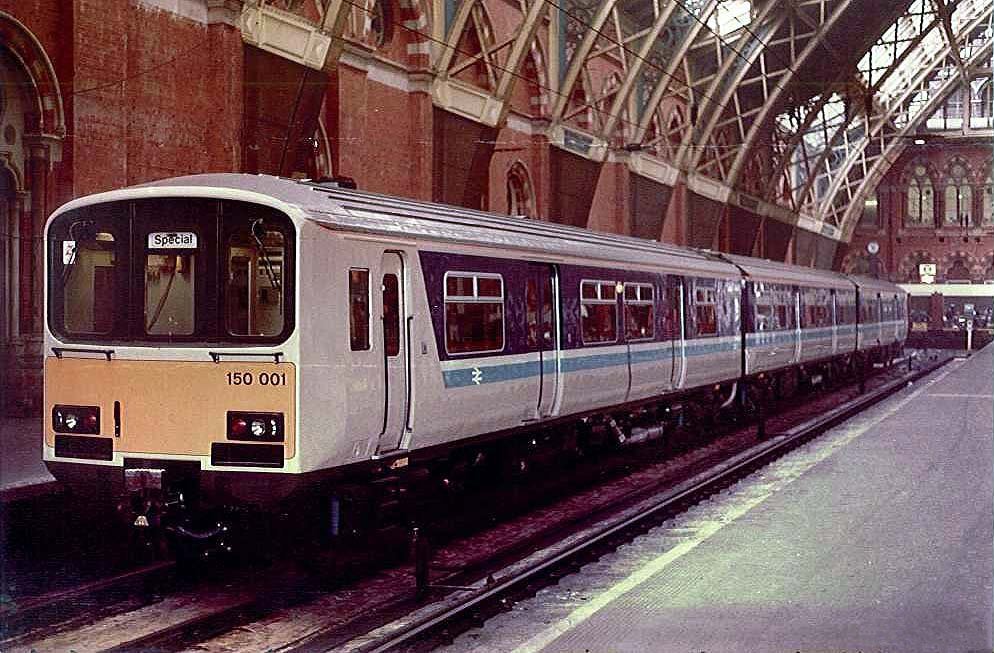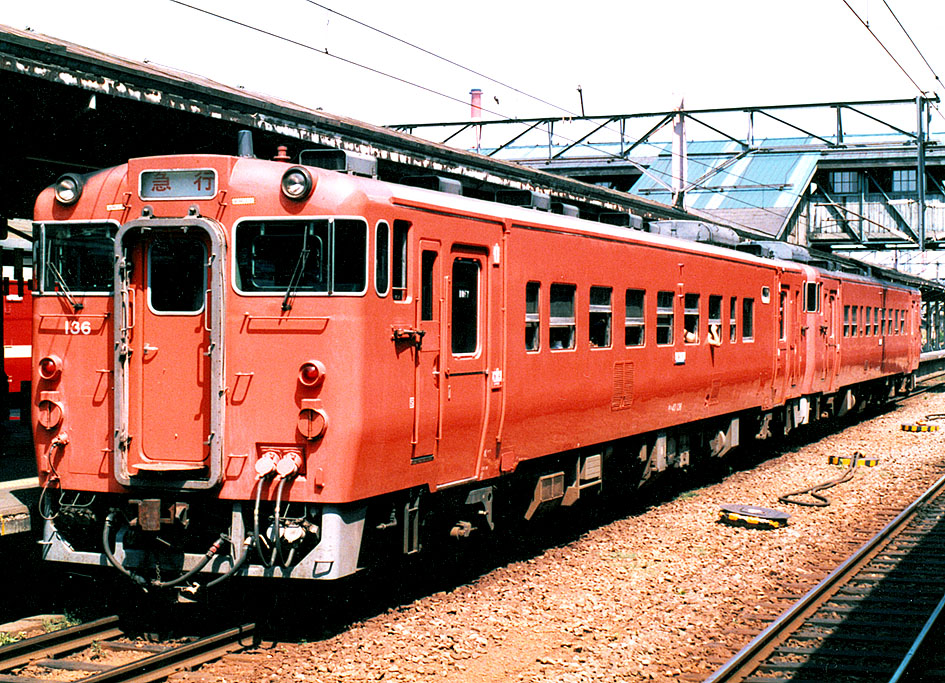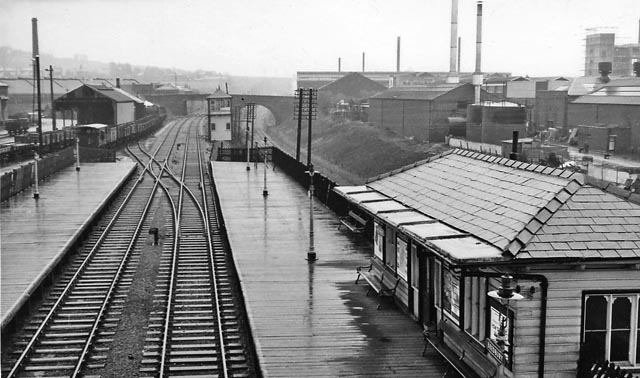|
Hyde Central
Hyde Central is the main railway station serving Hyde, in Greater Manchester, England; other stations in the town include , and . It is a stop on the Hope Valley line, hosting services between and . History Originally simply named ''Hyde'', it was built by the Manchester, Sheffield and Lincolnshire Railway, opening in 1858 as a branch from its main line through Penistone to Sheffield. From 1862, the branch was extended to New Mills to meet the Midland Railway's extension of its line from Millers Dale. For a while, it saw Midlands expresses from London. In 1875, however, a new more direct route was built through Bredbury. The substantial station buildings were demolished in 1980, with a new booking office at street level commissioned in their place. In July 2020, Northern informed local residents that services between Manchester and Rose Hill Marple would not operate between early September and mid-December 2020; this was due to the effects of the COVID-19 pandemic on their ... [...More Info...] [...Related Items...] OR: [Wikipedia] [Google] [Baidu] |
Hyde, Greater Manchester
Hyde is a town in Tameside, Greater Manchester, England. It lies within the Historic counties of England, historic county boundaries of Cheshire, and became part of Greater Manchester in 1974. The built-up area as defined by the Office for National Statistics had a population of 35,895 at the 2021 United Kingdom census, 2021 census. The town lies north-east of Stockport, west of Glossop and east of Manchester. Toponymy The name Hyde is derived from the ''Hide (unit), hide'', a measure of land for taxation purposes, taken to be that area of land necessary to support a peasant family. In later times, it was taken to be equivalent to . History Early history Newton Hall was present in the thirteenth century. Hyde was a township (England), township in the parish of Stockport. In the late 18th century, the area that was to become the town centre was no more than a cluster of houses known as Red Pump Street. Gee Cross to the south was the larger settlement at that time, with Hyde b ... [...More Info...] [...Related Items...] OR: [Wikipedia] [Google] [Baidu] |
Midland Railway
The Midland Railway (MR) was a railway company in the United Kingdom from 1844 in rail transport, 1844. The Midland was one of the largest railway companies in Britain in the early 20th century, and the largest employer in Derby, where it had its headquarters. It amalgamated with several other railways to create the London, Midland and Scottish Railway at Railways Act 1921, grouping in 1923. The Midland had a large network of lines emanating from Derby, stretching to St Pancras railway station, London St Pancras, Manchester Central railway station, Manchester, Carlisle railway station, Carlisle, Birmingham Curzon Street railway station (1838–1966), Birmingham, and Bristol Temple Meads railway station, Bristol. It expanded as much through acquisitions as by building its own lines. It also operated ships from Heysham in Lancashire to Douglas, Isle of Man, Douglas and Belfast. A large amount of the Midland's infrastructure remains in use and visible, such as the Midland Main Lin ... [...More Info...] [...Related Items...] OR: [Wikipedia] [Google] [Baidu] |
Railway Stations In Great Britain Opened In 1858
Rail transport (also known as train transport) is a means of transport using wheeled vehicles running in tracks, which usually consist of two parallel steel rails. Rail transport is one of the two primary means of land transport, next to road transport. It is used for about 8% of passenger and freight transport globally, thanks to its energy efficiency and potentially high speed.Rolling stock on rails generally encounters lower frictional resistance than rubber-tyred road vehicles, allowing rail cars to be coupled into longer trains. Power is usually provided by diesel or electric locomotives. While railway transport is capital-intensive and less flexible than road transport, it can carry heavy loads of passengers and cargo with greater energy efficiency and safety. Precursors of railways driven by human or animal power have existed since antiquity, but modern rail transport began with the invention of the steam locomotive in the United Kingdom at the beginning of the 19th ... [...More Info...] [...Related Items...] OR: [Wikipedia] [Google] [Baidu] |
Former Great Central And Midland Joint Railway Stations
A former is an object, such as a template, gauge or cutting die, which is used to form something such as a boat's hull. Typically, a former gives shape to a structure that may have complex curvature. A former may become an integral part of the finished structure, as in an aircraft fuselage, or it may be removable, being used in the construction process and then discarded or re-used. Aircraft formers Formers are used in the construction of aircraft fuselage, of which a typical fuselage has a series from the nose cone to the empennage, typically perpendicular to the longitudinal axis of the aircraft. The primary purpose of formers is to establish the shape of the fuselage and reduce the column length of stringers to prevent instability. Formers are typically attached to longerons, which support the skin of the aircraft. The "former-and-longeron" technique (also called stations and stringers) was adopted from boat construction, and was typical of light aircraft built unt ... [...More Info...] [...Related Items...] OR: [Wikipedia] [Google] [Baidu] |
DfT Category F1 Stations
The Department for Transport (DfT) is a ministerial department of the Government of the United Kingdom. It is responsible for the English transport network and a limited number of transport matters in Scotland, Wales, and Northern Ireland that have not been devolved. The department is led by the Secretary of State for Transport. The expenditure, administration, and policy of the Department of Transport are scrutinised by the Transport Committee. Responsibilities The Department for Transport has six strategic objectives: * Support the creation of a stronger, cleaner, more productive economy * Help to connect people and places, balancing investment across the country * Make journeys easier, modern and reliable * Make sure transport is safe, secure and sustainable * Prepare the transport system for technological progress and a prosperous future outside the EU * Promote a culture of efficiency and productivity in everything it does The department "creates the strategic framew ... [...More Info...] [...Related Items...] OR: [Wikipedia] [Google] [Baidu] |
Railway Stations In Tameside
Rail transport (also known as train transport) is a means of transport using wheeled vehicles running in tracks, which usually consist of two parallel steel rails. Rail transport is one of the two primary means of land transport, next to road transport. It is used for about 8% of passenger and freight transport globally, thanks to its energy efficiency and potentially high speed.Rolling stock on rails generally encounters lower frictional resistance than rubber-tyred road vehicles, allowing rail cars to be coupled into longer trains. Power is usually provided by diesel or electric locomotives. While railway transport is capital-intensive and less flexible than road transport, it can carry heavy loads of passengers and cargo with greater energy efficiency and safety. Precursors of railways driven by human or animal power have existed since antiquity, but modern rail transport began with the invention of the steam locomotive in the United Kingdom at the beginning of the 19th c ... [...More Info...] [...Related Items...] OR: [Wikipedia] [Google] [Baidu] |
British Rail Class 195
The British Rail Class 195 is a class of diesel multiple-unit passenger train from the CAF Civity, Civity family manufactured by Construcciones y Auxiliar de Ferrocarriles, CAF, owned by Eversholt Rail Group and currently operated by Northern Trains. A total of 58 units have been built; 25 two-car units and 33 three-car units. The class is almost identical to the British Rail Class 331, Class 331 also produced by CAF, which is the electric version of the Class 195, differing only in traction type and (in some units) vehicle formation. They were first introduced on 1 July 2019, entering service with the previous operator Arriva Rail North on the Manchester Airport railway station, Manchester Airport and Liverpool Lime Street via Warrington Central railway station, Warrington, and Manchester Airport to Barrow-in-Furness railway station, Barrow-in-Furness routes. The final 195 unit entered service in December 2020 and all 58 units work across most non-electrified routes across the ... [...More Info...] [...Related Items...] OR: [Wikipedia] [Google] [Baidu] |
British Rail Class 150
The British Rail Class 150 '' Sprinter'' is a class of diesel-hydraulic multiple unit passenger trains, developed and built by British Rail Engineering Limited at York Carriage Works between 1984 and 1987 for use on regional services across Great Britain. The type is a second-generation design, built to more modern standards and based on BR's Mark 3 body design for longer-distance services. It was developed alongside the lower-cost Pacers, which were built using bus parts, for use on short-distance services. Two prototype units were built, followed by 135 production units in two batches. Subsequently, further members of the Sprinter family were developed and introduced to service, including the Class 155, Class 156, Class 158 and Class 159. Background By the beginning of the 1980s, British Rail (BR) was operating a large fleet of first-generation DMUs of various designs. While formulating its long-term strategy for this sector of its operations, BR planners recognised ... [...More Info...] [...Related Items...] OR: [Wikipedia] [Google] [Baidu] |
Diesel Multiple Unit
A diesel multiple unit or DMU is a multiple-unit train powered by on-board diesel engines. A DMU requires no separate locomotive, as the engines are incorporated into one or more of the carriages. Diesel-powered single-unit railcars are also generally classed as DMUs. Diesel-powered units may be further classified by their transmission type: diesel–mechanical DMMU, diesel–hydraulic DHMU, or diesel–electric DEMU. Design The diesel engine may be located above the frame in an engine bay or under the floor. Driving controls can be at both ends, on one end, or in a separate car. Types by transmission DMUs are usually classified by the method of transmitting motive power to their wheels. Diesel–mechanical In a diesel–mechanical multiple unit (DMMU), the rotating energy of the engine is transmitted via a Transmission (mechanics), gearbox and driveshaft directly to the wheels of the train, like a automobile, car. The transmissions can be shifted manually by the driver, a ... [...More Info...] [...Related Items...] OR: [Wikipedia] [Google] [Baidu] |
Hyde Central Railway Station In 1989
Hyde or Hydes may refer to: People *Hyde (surname) *Hyde (musician), Japanese musician from the bands L'Arc-en-Ciel and VAMPS American statutes *Hyde Amendment, an amendment that places well-defined limitations on Medicare spending on abortion * Hyde Amendment (1997), a federal statute that allows federal courts to award attorneys' fees and court costs to criminal defendants in some situations Fictional characters *Mr. Hyde, character in ''Strange Case of Dr Jekyll and Mr Hyde'', 1886 novella by Robert Louis Stevenson *Mister Hyde (Marvel Comics), Marvel Comics supervillain *Steven Hyde, a character in the U.S. TV series ''That 70s Show'' *Hyde, character in ''Tensou Sentai Goseiger'' *Hyde, character in ''Beyblade Burst Turbo'' *Hyde Kido, the main protagonist of ''Under Night In-Birth'' series Places England *Hyde, Greater Manchester, a town in Tameside, North West England *Hyde, Bedfordshire, a parish near Luton (including East Hyde, West Hyde, and The Hyde) *Hyde, a s ... [...More Info...] [...Related Items...] OR: [Wikipedia] [Google] [Baidu] |
COVID-19 Pandemic
The COVID-19 pandemic (also known as the coronavirus pandemic and COVID pandemic), caused by severe acute respiratory syndrome coronavirus 2 (SARS-CoV-2), began with an disease outbreak, outbreak of COVID-19 in Wuhan, China, in December 2019. Soon after, it spread to other areas of Asia, and COVID-19 pandemic by country and territory, then worldwide in early 2020. The World Health Organization (WHO) declared the outbreak a public health emergency of international concern (PHEIC) on 30 January 2020, and assessed the outbreak as having become a pandemic on 11 March. COVID-19 symptoms range from asymptomatic to deadly, but most commonly include fever, sore throat, nocturnal cough, and fatigue. Transmission of COVID-19, Transmission of the virus is often airborne transmission, through airborne particles. Mutations have variants of SARS-CoV-2, produced many strains (variants) with varying degrees of infectivity and virulence. COVID-19 vaccines were developed rapidly and deplo ... [...More Info...] [...Related Items...] OR: [Wikipedia] [Google] [Baidu] |
Bredbury Railway Station
Bredbury railway station serves the town of Bredbury in the Metropolitan Borough of Stockport, Greater Manchester, England. It is a stop on the Hope Valley line between , and . History It was built by the Sheffield and Midland Railway Companies' Committee in 1875, on the line between New Mills Central and Manchester London Road (since renamed ''Piccadilly''). The station was modernised in 1976; the buildings on the eastbound side were replaced and the platforms were raised, with the result that the old waiting room on the Manchester side is three steps lower down. The original stationmaster's house survives, as does the 1916 footbridge. Facilities The ticket office on the eastbound side is staffed through the day on weekdays (06:20-20:50) and on Saturdays until early afternoon (07:20-14:20). Outside of these times, tickets must be bought on the train, prior to travel or on-line. Waiting shelters are present on each platform and train running details are offered via aut ... [...More Info...] [...Related Items...] OR: [Wikipedia] [Google] [Baidu] |








